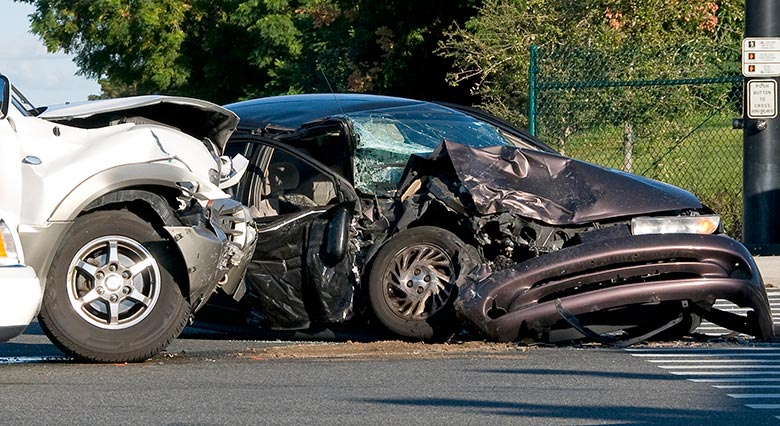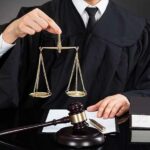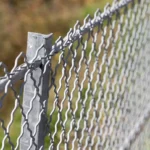Accidents are stressful events, and the damage to your vehicle can be an overwhelming concern. Once the dust settles, one of the first questions many people ask is, “Who is going to pay to fix my car?” Determining who covers the repair costs after a car accident isn’t always straightforward, and it depends on a few key factors such as fault, insurance coverage, and state laws. In this article, we’ll walk you through the process to help you understand what to expect.
The Role of Insurance in Car Repairs
Understanding Your Own Insurance Coverage
One of the first places to look when it comes to car repair costs is your own insurance policy. If you have collision coverage, it will typically cover the cost to repair or replace your vehicle after an accident, regardless of who was at fault. However, you’ll likely have to pay a deductible—the amount you’re responsible for before insurance kicks in—before your insurer covers the rest.
If you have comprehensive coverage, this will help cover non-collision-related damages, such as damage from natural disasters, theft, or vandalism. It’s important to note that not all policies include collision or comprehensive coverage, so you’ll want to review your plan to understand what’s covered.
What Happens if You Don’t Have Collision Coverage?
If you only carry liability insurance, which is often the minimum required by law, your insurance won’t cover repairs to your vehicle. Liability coverage only pays for damages you cause to someone else’s vehicle or property. In this case, you’ll need to cover the repairs out of pocket or try to recover costs from the other driver’s insurance if they were at fault.
Determining Fault in an Accident
How Fault Affects Who Pays
Fault plays a significant role in determining who pays for repairs after an accident. If the other driver is found to be at fault, their liability insurance should cover your car repair costs. However, if you’re found to be at fault, your collision coverage (if you have it) will handle the repairs for your car.
State-Specific Laws
It’s also important to understand the specific laws in your state. In “no-fault” states, each driver’s own insurance covers their damages regardless of fault, but this is often limited to personal injury rather than property damage. In fault-based states, the at-fault party’s insurance is typically responsible for covering repairs.
What to Do If the Other Driver Is at Fault
The At-Fault Driver’s Insurance
If the other driver is responsible for the accident, their liability insurance should cover your repair costs. You’ll need to file a claim with their insurance company and provide the necessary documentation, such as a police report, photos, and estimates for the repairs.
What If the At-Fault Driver Is Uninsured or Underinsured?
If the driver responsible for the accident doesn’t have enough insurance to cover your repairs, uninsured or underinsured motorist coverage on your own policy can step in. This optional coverage helps protect you in cases where the other driver is not adequately insured.
What Happens if You’re at Fault?
Your Insurance Responsibilities
If you’re at fault, you’ll need to rely on your collision coverage to pay for your car repairs. If you don’t have collision coverage, you’ll be responsible for the costs out of pocket. Keep in mind that being at fault can also affect your insurance rates, so it’s worth exploring accident forgiveness options if your insurance provider offers them.
Car Repairs in Hit-and-Run Accidents
Filing a Claim with Your Insurance
In the case of a hit-and-run, uninsured motorist property damage (UMPD) coverage can help cover your car repair costs if you have this included in your policy. Otherwise, you’ll need to use your collision coverage or pay for the repairs yourself.
The Role of Police in Hit-and-Run Cases
Filing a police report is critical in a hit-and-run situation. While it may be challenging to track down the responsible driver, a report can help with insurance claims, and if the other driver is found, their insurance will be held accountable for your repair costs.
Steps to Take Immediately After the Accident
After any accident, there are a few key steps you should take to make sure your claim is processed smoothly:
- Document the scene: Take photos of the damage, the location, and any other vehicles involved. Get contact information from witnesses, if possible.
- Notify your insurance company: Report the accident to your insurance company right away to start the claims process.
- Avoid admitting fault: Even if you feel responsible, leave fault determination to the authorities and insurance companies to avoid complicating your claim.
Conclusion
Understanding who is responsible for covering car repair costs after an accident can be confusing, but knowing how your insurance works, how fault is determined, and what steps to take after an accident can make the process much easier. Whether you’re dealing with an at-fault driver, a hit-and-run, or your own liability, knowing your options can help you navigate the aftermath of an accident and get your car repaired as quickly as possible.






